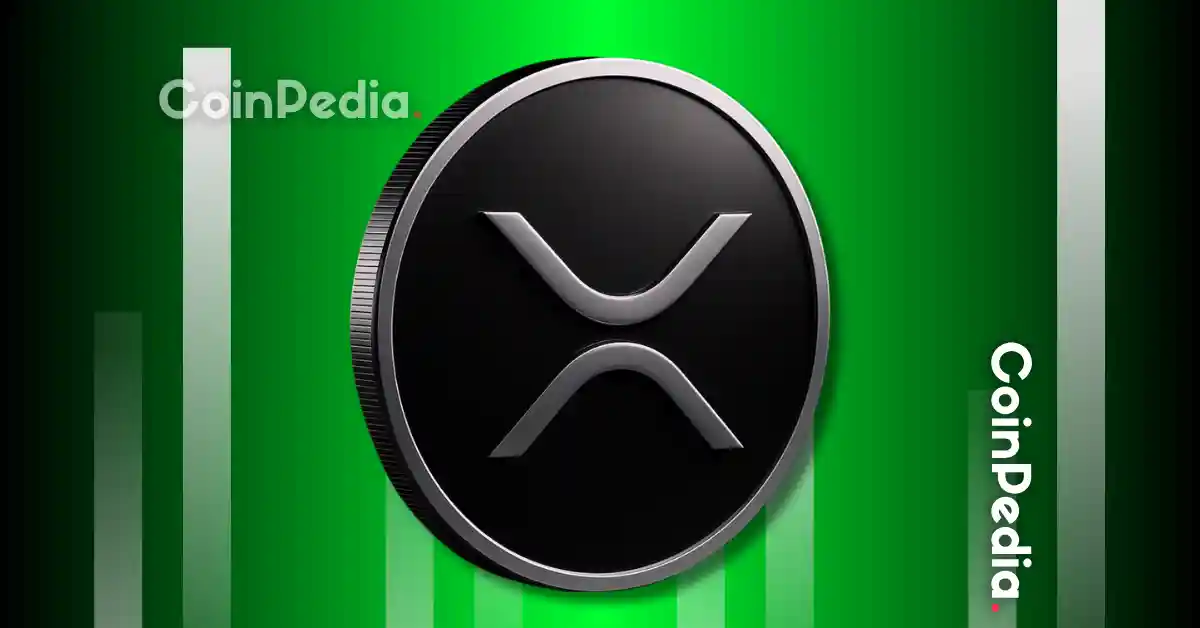
For years, XRP has been making headlines in the crypto world: part lawsuit survivor, part payment rail, part speculative asset. But now, a new comparison is making the rounds: could XRP’s future look a lot like oil’s?
That’s the question posed by analyst Brad Kimes on Paul Barron Podcast, who says the token may one day be managed in a way similar to the way OPEC oversees crude markets. The idea isn’t as far-fetched as it sounds.
Oil producers have long balanced supply and demand by opening and closing the taps. When prices run too high, governments can also lean on strategic reserves, flooding the market to cool things down. The result: a commodity that is global, essential, and tightly managed.
Kimes sees echoes of that in XRP. Ripple, which created the token, still holds a massive escrow of coins. If released gradually and strategically, he argues, those reserves could stabilize price swings, creating a digital market less prone to the wild volatility that defines much of crypto.
XRP already ticks two of the three boxes of money: it is a store of value and a medium of exchange. The missing third piece, a widely accepted unit of account, could come with time and regulatory clarity. He compares the process to the U.S. dollar’s slow rise to global dominance after World War II, a transition that stretched over more than a decade before the dollar became the world’s reserve currency.
The speculation doesn’t stop there. Kimes sees a future in which the U.S. Treasury issues digital bonds tied to assets like XRP and Bitcoin. Think of it as “wartime bonds” for a financial crisis, new instruments that create liquidity without burdening taxpayers.
This, he argues, could solve what central banks can’t simply print their way out of: a modern money problem. By tying bonds to digital reserves, governments could inject stability into a fragile system.
If Ripple were ever to secure a national banking license and access to a Federal Reserve master account, its escrow could transform into something like a digital lender of last resort. Just as oil reserves are tapped during emergencies, XRP could be released to steady global liquidity.
It’s a heady thesis, and Kimes admits it’s speculative. But the oil analogy gives investors and policymakers a fresh lens: XRP may not just be a coin fighting for relevance. In the right framework, it could evolve into a managed global asset, its price shaped not just by markets, but by strategy.
CoinPedia has been delivering accurate and timely cryptocurrency and blockchain updates since 2017. All content is created by our expert panel of analysts and journalists, following strict Editorial Guidelines based on E-E-A-T (Experience, Expertise, Authoritativeness, Trustworthiness). Every article is fact-checked against reputable sources to ensure accuracy, transparency, and reliability. Our review policy guarantees unbiased evaluations when recommending exchanges, platforms, or tools. We strive to provide timely updates about everything crypto & blockchain, right from startups to industry majors.
All opinions and insights shared represent the author's own views on current market conditions. Please do your own research before making investment decisions. Neither the writer nor the publication assumes responsibility for your financial choices.
Sponsored content and affiliate links may appear on our site. Advertisements are marked clearly, and our editorial content remains entirely independent from our ad partners.
Bitcoin has pulled back slightly again, but the bigger picture has not changed much. Prices…
The exchange-traded fund playbook that powered Bitcoin and, later, Ethereum into institutional portfolios may not…
Story Highlights The live price of the Cardano token is . Price prediction suggests potential…
Story Highlights The live price of the Dogecoin is . Analysts project Dogecoin could reach…
Story Highlights The live price of the PEPE coin is . Analysts predict PEPE could…
Story Highlights The Live Price Of Bitcoin SV BSV has traded under the 200-day EMA…